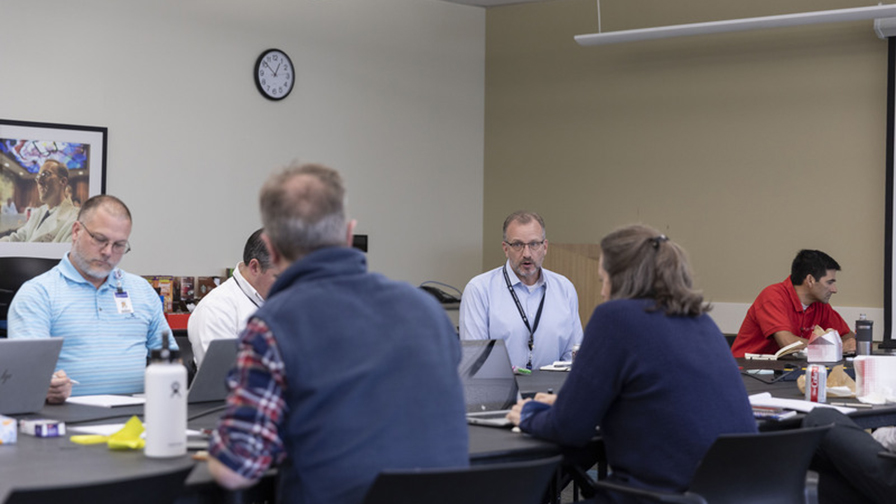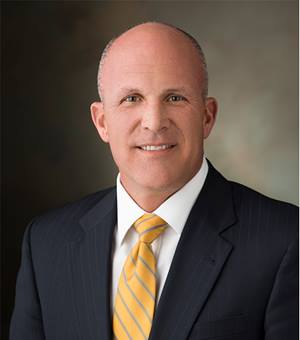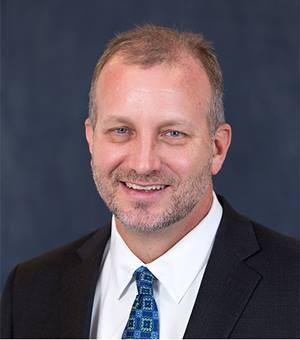
Intermountain’s leadership team has operated an incident command system since late February when COVID-19 kicked into high gear. For the past few months, this team has operated virtually, bringing together more than 50 leaders from areas across Intermountain to guide all the major decisions throughout the pandemic — and such a coordinated response wouldn’t have been possible three years ago.

Rob Allen
Rob says, “Our goal is to coordinate activities across the enterprise and assure that all the needs are being identified, people are being deployed where needed, and all resources are connected. Essentially this team ensures the right things are happening at the right time and we’re safe and prepared.”
The team recently shifted from daily meetings to twice a week huddles, as much of Utah has been transitioning from “orange” to “yellow” status. However, the section chiefs continue to be staffed 24/7 and are ready to respond to any need that arises. If there’s a surge, the team will resume daily full meetings and huddles.

Mark Briesacher, MD
“We’ve been able to quickly respond and deploy resources throughout the enterprise and see what’s happening and who’s impacted,” says Rob.
Mark Briesacher, MD, senior vice president and chief physician executive, says, “Incident command brings leaders with diverse experiences and perspectives together. They connect with teams across Intermountain to evaluate challenges and make decisions quickly. Then we all learn together from things that work and things that don’t, always moving forward and improving.”

Sue Robel
“Our caregivers are so passionate about helping and being there for our communities and each other,” says Sue Robel, Intermountain's senior vice president of clinical operations and chief nursing executive. “We are keeping people safe through our commitment to serving our communities.”
Rob says it would’ve been more difficult to set up the command system prior to Intermountain’s reorganization. “Our restructure to One Intermountain has really been beneficial to operate a unified command system and coordinate resources and planning.”
Another unique aspect is Intermountain has held an enterprise-wide incident command system only one other time. In 2017 during the Las Vegas shooting, an incident command system was briefly set up throughout the organization in response to a possible surge of patients, but only one patient was seen at Dixie Regional and it was only stood up for a day or two.
“Hospital incident command systems are often set up by individual hospitals in the event of a local emergency, like a surge of patients from an accident or natural disaster, but it’s rare to operate like this for months at a time,” Rob adds.
“We’ve got all the right things happening during this crisis and we’ll continue fighting,” he says. “As areas in Utah shift from ‘orange’ to ‘yellow,’ we’re focused on being flexible to our needs and the needs of our patients and evolving as the environment continues to change. People have been unbelievably committed to this work.”

